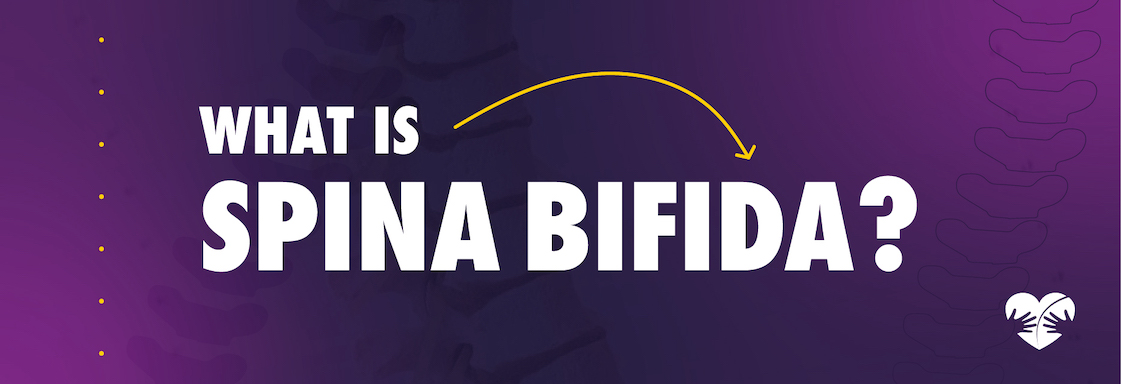Spina bifida is a neural tube defect that can be determined at birth. This condition occurs when the neural tube does not completely form and, therefore, does not close all the way. There are three types of spina bifida: myelomeningocele (the most severe), lipomeningocele, and spina bifida occulta (the mildest).
Most often, spina bifida will result in a muscle imbalance in the legs. This imbalance can result in future musculoskeletal issues, such as dislocated hips, joint contractures, and clubfeet.
To help you better understand this condition, this article will cover the different types of spina bifida, associated risk factors, and treatment.
Three Types of Spina Bifida
1. Myelomeningocele
Myelomeningocele is a defect that occurs during the development of the brain and spinal cord (also called the neural tube). According to Johns Hopkins Medicine, this is the most common type of neural tube defect.
This condition is a sac-like area filled with fluid and damaged nerves. Babies born with myelomeningocele typically show this fluid-filled sac near their back, without any skin covering.
The sac protrudes through the skin because the spinal bones fail to form correctly and do not close around the spinal cord. Because the nerves within the sac are damaged, the baby is sure to have moderate to severe disabilities ranging from being unable to use the bathroom to not being able to walk.
2. Lipomeningocele
According to the Center for Disease Control, Lipomeningocele occurs when “a sac of fluid comes through an opening in the baby’s back. But the spinal cord is not in this sac. There is usually little or no nerve damage. This type of spina bifida can cause minor disabilities.”
With this type of spina bifida, the sac does not protrude through the skin but can be seen as a lump along the center of the back.
3. Spina Bifida Occulta
Spina bifida occulta rarely results in any noticeable symptoms because the spinal cord and contents are undamaged. According to Johns Hopkins Medicine, “A child with this finding on an X-ray is expected to have no physical limitations, muscle weakness or increased risk of developing progressive spinal pathology.” A person could live their entire lives without knowing they have spina bifida occulta.
Signs and Symptoms of Spina Bifida
Signs and symptoms of spina bifida include:
- A defect along the spine or cystic spinal cord lesion
- Elevated maternal alpha-fetoprotein
- A fatty or fluid-filled mass at the lower back
- A hairy patch or lumbosacral skin marking
- Weakness in the legs
Spina Bifida Risk Factors
Spina bifida risk factors include:
- Having a child or sibling with spina bifida
- Maternal spina bifida
- Not enough folic acid before and during pregnancy
- Exposure to certain medications while pregnant
Spina Bifida Treatment
If a baby is born with open myelomeningocele, a neurosurgeon will perform surgery within 48 hours. The surgery closes the area to protect the nerves from further damage and the baby from infection.
The related musculoskeletal imbalances can be managed with physical therapy. The exact type and duration of physical therapy will vary from patient to patient, but a typical regimen includes strength training and stretching. Some patients may be required to wear braces to support the knees and ankles or surgery to correct bone structure.
Spina bifida patients often develop pressure sores from sitting for long periods or using braces or crutches. Therefore, daily skin checks and regular movement are necessary.
The Children’s Rehabilitation Institute TeletonUSA
The Children’s Rehabilitation Institute TeletonUSA (CRIT) is a 501(c)(3) non-profit organization offering comprehensive rehabilitation services for children with neurological, muscular, and skeletal disabilities. Contact us today to learn how we can help your child live a healthy and happy life with spina bifida.




